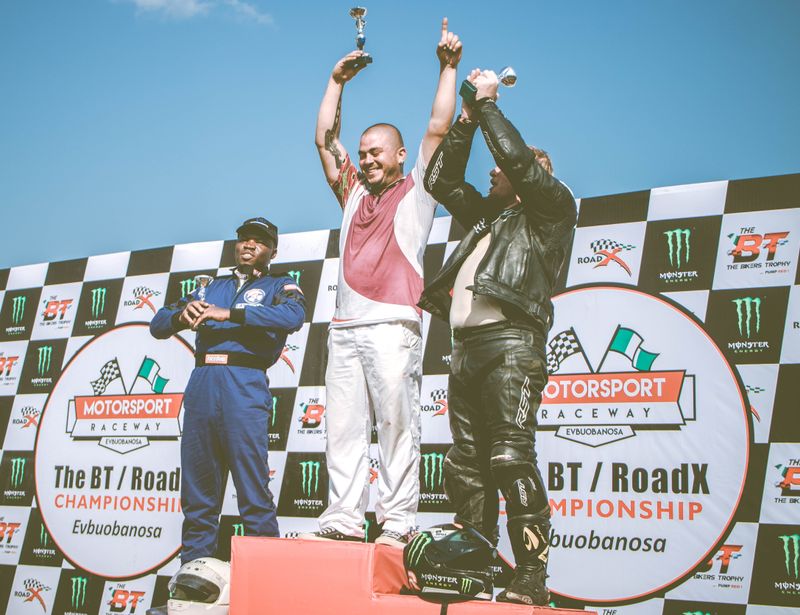Terrifying Flip at Daytona Leaves Ryan Preece Hospitalized but Determined
Escaping Death on the Roller Coaster Ride
In a heart-stopping moment during Saturday’s NASCAR Cup Series race at Daytona International Speedway, Ryan Preece experienced a terrifying barrel roll that left him hospitalized. The incident occurred on Lap 156 when Preece’s No. 41 Stewart-Haas Racing Ford was bumped from behind by Erik Jones, causing the car to veer across the track and tumble several times through the grass on the back straightaway.
After flipping at least 10 times, Preece miraculously emerged from the wreckage under his own power with assistance from the AMR Safety Team. However, the 32-year-old driver was quickly transported to the infield care center and later to Halifax Medical Center for further evaluation.
A Statement from Stewart-Haas Racing
In a press release from Stewart-Haas Racing, it was announced that Ryan Preece was released from Halifax Medical Center on Sunday morning and was en route back to North Carolina. The team provided an update on Preece’s condition, stating that he would remain overnight at the medical center for continued observation. Fortunately, Preece was described as awake, alert, and mobile, and had been in communication with his family and friends.
The team also mentioned that Preece would undergo another evaluation by medical personnel later that morning, and an update would be provided in the afternoon. It is reassuring to hear that the initial assessment of his condition is positive, but it is essential to wait for the complete evaluation before drawing any definitive conclusions.
Resilience and Determination
Despite the harrowing experience, Ryan Preece displayed remarkable resilience and determination. In a post on social media Saturday night, he wrote, “if you want to be a race car driver, you better be tough. Dammit. Fast @racechoice @FordPerformance Mustang. I’m coming back.” These words encapsulate the spirit of a true competitor, someone who refuses to be defeated by adversity.
It is worth highlighting the mental and physical strength required to participate in high-speed motorsports. Drivers like Preece voluntarily subject themselves to immense physical exertion, G-forces, and potential danger every time they step behind the wheel. This incident serves as a stark reminder of the risks these athletes face in pursuit of their passion.
An Ongoing Dialogue on Safety
The incident involving Ryan Preece at Daytona raises questions about safety measures in motorsports. While NASCAR has made significant strides in enhancing safety protocols over the years, accidents like this remind us that there is always room for improvement. The sport must constantly evaluate and adapt its safety standards to ensure the well-being of its competitors.
Fortunately, Preece’s ability to walk away from such a violent flip testifies to the effectiveness of safety advancements within NASCAR. The incorporation of strengthened chassis, head restraints, seatbelts, and the presence of the AMR Safety Team on track have certainly played a crucial role in minimizing the risk of severe injuries and fatalities.
However, it is essential to continue investing time, effort, and resources into researching and implementing additional safety measures. Advances in materials science, driver cockpit protection, and track design should all be explored to further mitigate the potential harm to drivers during accidents.
Advice for Ryan Preece and Fellow Racers
Physical and Mental Rehabilitation
As Ryan Preece begins his road to recovery, it is crucial for him to prioritize both physical and mental rehabilitation. While the extent of his injuries is yet to be fully disclosed, undergoing comprehensive therapy and rehabilitation will be instrumental in ensuring a successful return to racing.
Physical therapy will aid in restoring strength, flexibility, and agility in the aftermath of the accident. Rehabilitation is a gradual process that must be approached with patience and discipline to avoid any setbacks or long-term consequences. The support of medical professionals and a dedicated support team is of utmost importance during this period.
Equally important is addressing the mental and emotional toll that such an incident can have on a driver. The psychological impact of a terrifying accident like the one Preece experienced cannot be underestimated. Seeking professional counseling or joining support groups to process the trauma and regain confidence can be beneficial.
Fortifying Safety Advocacy
Going forward, Ryan Preece should consider using his platform as a driver to continue advocating for improved safety in motorsports. His firsthand experience gives him a unique perspective that can be valuable in fostering discussions and inspiring change.
Whether through public statements, participating in safety panels, or working closely with NASCAR and race teams, Preece has an opportunity to contribute towards making the sport safer for future generations of drivers. By using his voice to highlight both the progress made and the areas that still require attention, he can play an instrumental role in shaping the future of motorsports safety.
Conclusion
The terrifying flip that Ryan Preece experienced at Daytona serves as a stark reminder of the dangers inherent in professional racing. It is a testament to the progress made in motorsports safety that Preece was able to walk away from the accident with relatively minor injuries. Nevertheless, ongoing efforts to enhance safety measures must not waver. Preece’s resilience and determination to return to the track demonstrate the indomitable spirit of race car drivers, but it is vital that their safety remains paramount. The incident should prompt a renewed commitment to invest in research, develop new safety technologies, and continuously evaluate and improve the sport’s safety standards.

<< photo by Intricate Explorer >>
The image is for illustrative purposes only and does not depict the actual situation.




